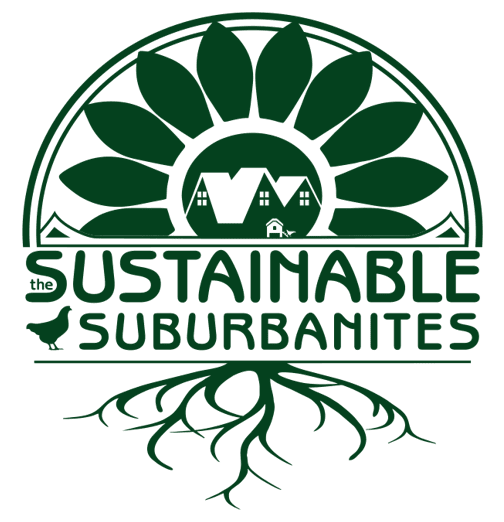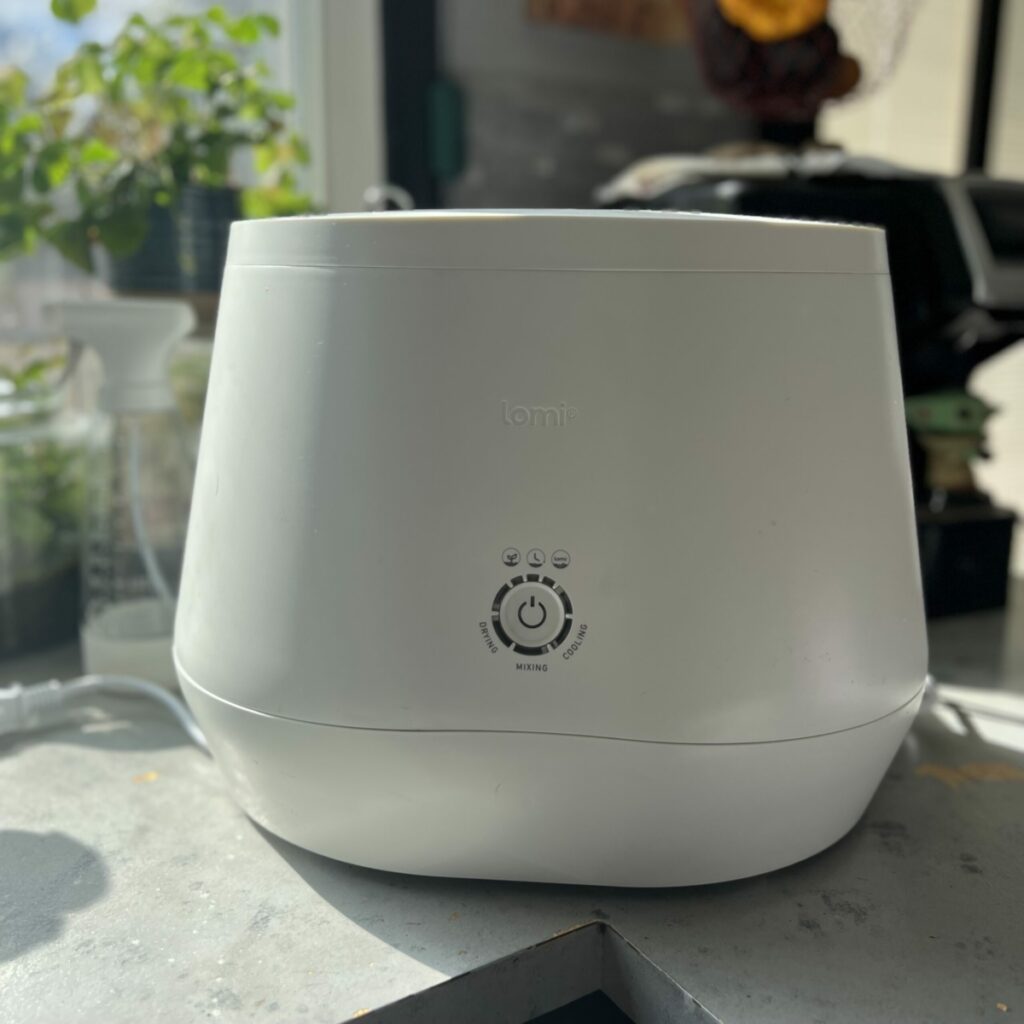The countertop Lomi Composter by Pela is taking the internet by storm. But what is it? Who is this thing designed for? And is it worth it to buy one?
This post may contain affiliate links, meaning we may earn a commission for any purchases made through our links.
How I Heard About Lomi
I got a compostable Pela case last year and fell absolutely in love with it. I knew vaguely that Pela was affiliated with Lomi somehow, but until they reached out to me I didn’t realize that the two products were created by the same team of people. Which is super cool! I love it when eco-oriented groups branch out to solve waste problems.
Read my review of my Pela compostable phone case
Needless to say, I was pretty stoked when they reached out to me asking if I’d like to try out a Lomi. To which I was all HECK YEA I DO! They shipped it to me a few weeks ago, and now that I’ve been Lomi-ing it up for a bit I’m ready to share my thoughts.
If you’re short on time, here is my basic pros and cons list for the Lomi composter:
Pros
- Creates usable fertilizer products without a full Composting Setup
- Convenient size
- Sleek design
- Potential to increase accessibility to composting services
Cons
- Cost
- Somewhat confusing to understand if you’re not knowledgeable about compost
And a short video from the Pela about the Lomi composter:
What is the Lomi Composter?
So first and foremost, the Lomi Composter isn’t exactly a composter. It is a countertop machine that creates usable organic fertilizer material for your lawn or garden. The end product it creates is not exactly compost in the traditional sense of the word. However, using a Lomi to create what they call “Lomi Soil” is certainly a much better alternative to landfilling food waste. And it does create a viable fertilizer product for use in your lawn or garden.
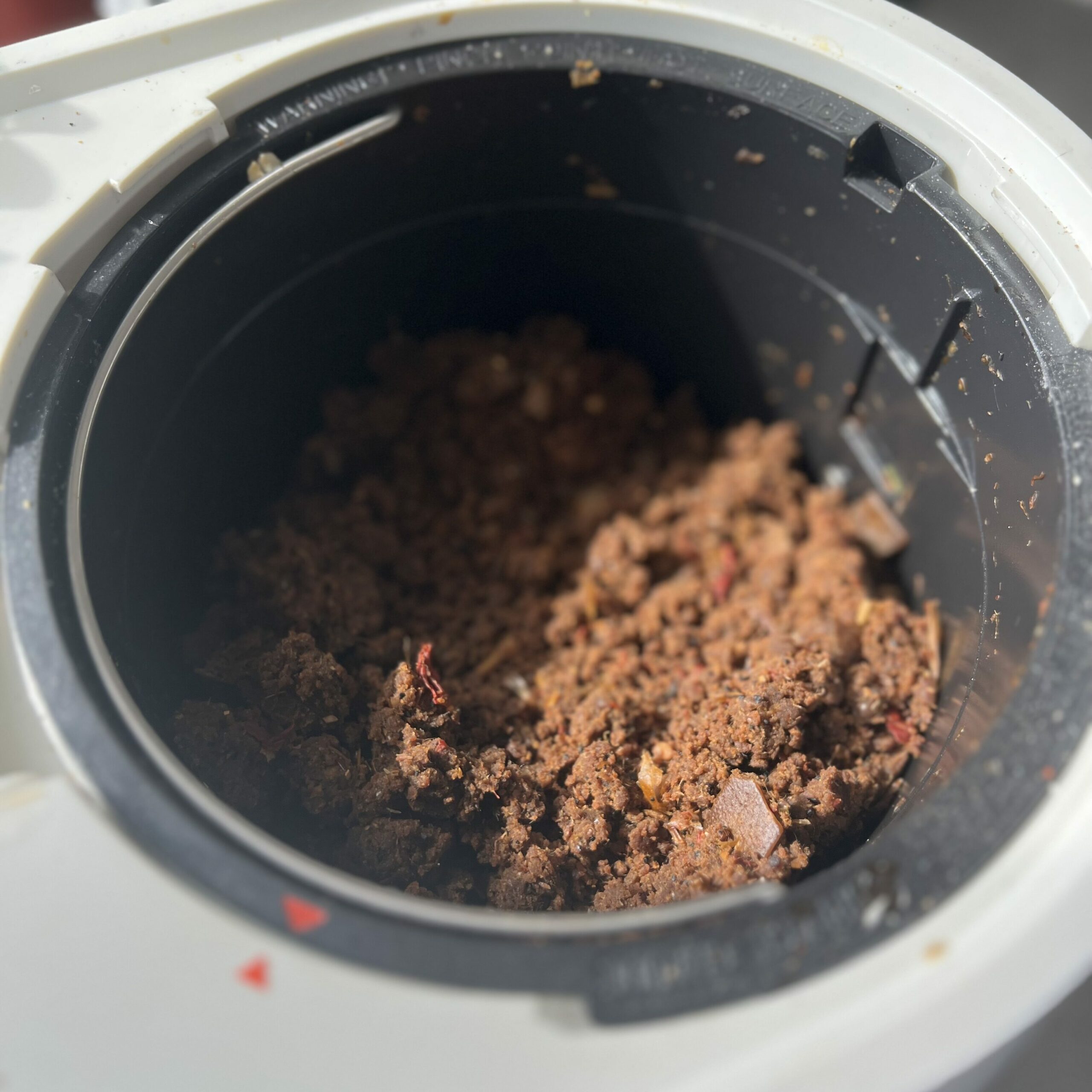
I understand why they call it a composter, as it’s not exactly a catchy marketing term to claim that Lomi is a “countertop food waste heater-upper-dehydrator-and-grinder-upper.” But that is effectively what it is.
In the same way that I don’t get nit-picky about other countertop composters not being exactly composters but rather “food scrap holders to use before emptying into your backyard tumbler,” I’m not going to get too particular about what Lomi refers to their product as. I’m simply clarifying all of this in the interest of being thorough and transparent.
I will refer to the end product created by Lomi as “Lomi Soil” going forward.
How to Use Lomi.
The simple answer to how to use a Lomi is to use it like you’d use any other at-home composter:
Step 1: Throw your food scraps in.
Step 2: Wait.
But with Lomi you get to push a fancy button to speed up the process! The waiting is only hours – not months – long.
The slightly more complicated answer is to follow the directions closely and practice with your new machine until you understand exactly how it works. Learning to Lomi (I really like saying that) is a lot like learning to compost. It takes a bit of practice to figure out the best blend of food scraps to ensure your Lomi Soil isn’t too dry or too squishy.
If you’re already familiar with the basics of composting, Lomi is even simpler. Unlike a backyard tumbler, you can break down items like meat and dairy in it, and you have a usable product within a day. Simply pop all your food scraps in, pick your cycle, and away ya go! There’s really not much it can’t handle.
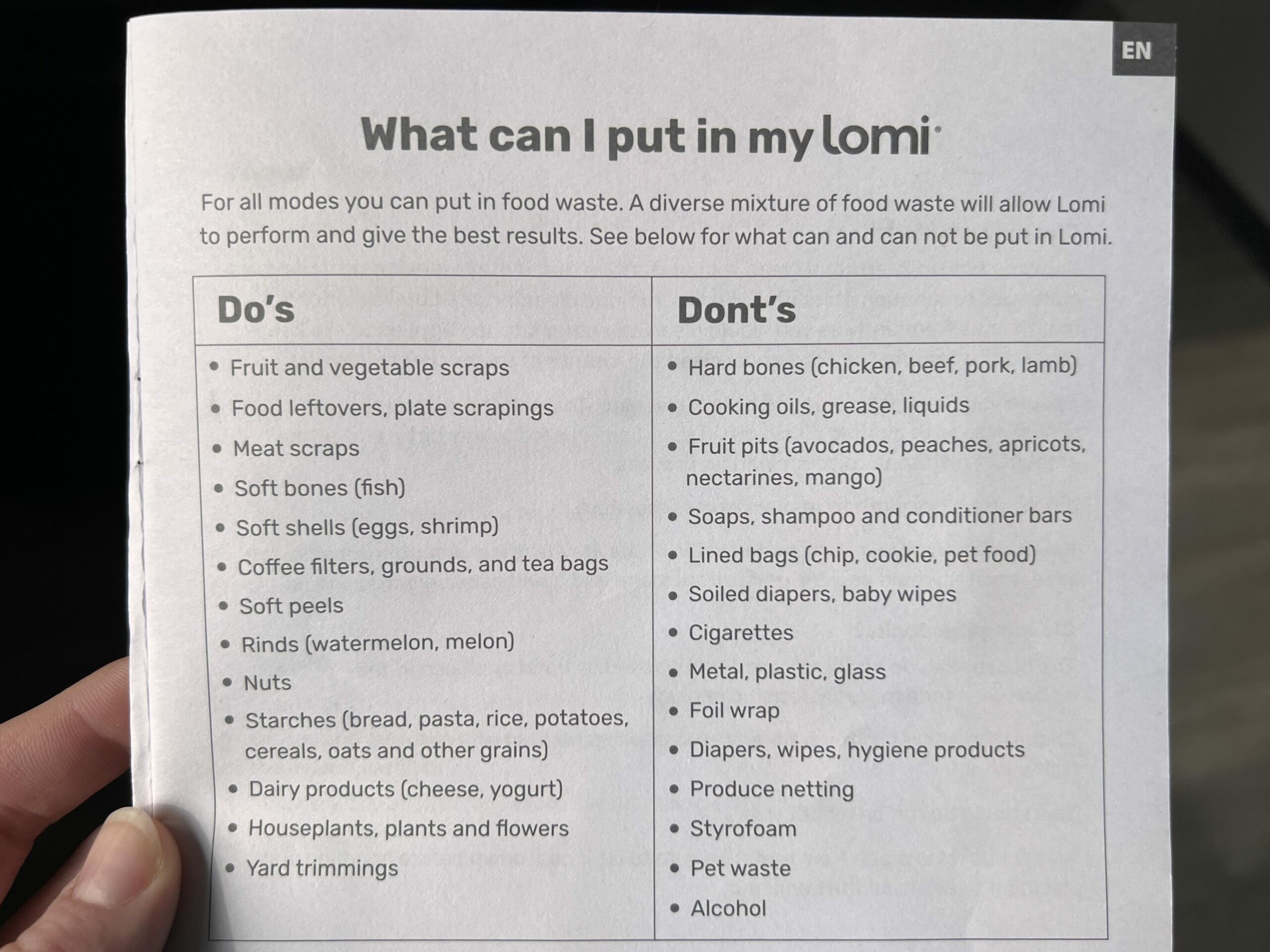
There are three modes to use on the Lomi composter:
- Eco-Express Mode: This is the one I use the most. This grinds up and dries the food waste in just a few hours. I’ll usually run this mode a few times until it fills up, and then run a final batch on Grow Mode to finish it up for use outside.
- Lomi-Approved Mode: I’ve only used this setting one time so far. I had a handful of compostable bags that I wanted to see how they broke down. It works pretty well! The bags were completely broken down with the exception of a few small scraps.
- Grow Mode: This mode is the one that gets you usable fertilizer products. The other two break the food down, but not as well as this super long cycle. It takes almost a full day, but the product you get at the end is a compost-like substance. You can pop this into the garden or lawn and let nature finish up the job. (Lomi folks say you could put it in houseplants but I would just be very cautious not to use too much of it.) Grow mode is fine to do on its own, but I found that it works a bit better if you have a batch or two of Eco-Express products in there in addition to new material before running this cycle.
Lomi Pods & Filters
All three modes have the ability to add a Lomi Pod to the cycle to boost your Lomi Soil product with beneficial bacteria. It’s just a little tablet you pop on top of the waste before turning the machine on.
In my experience, there’s not a huge difference in the final product whether using the Lomi pods or not. Refill them once you run out if you like, but it’s not required to use the machine. I think it’s most specifically beneficial if you’re using the Lomi Approved mode that does bioplastics. The pod gives it the extra oomph.
The machine also comes with activated charcoal to put in the filters that deodorize as the cycles run. That does to be replaced every few months. You can order that from Lomi if that’s most comfy for you, but you can totally get it cheaper elsewhere if you like. However you replace it, the old stuff can go right into the Lomi.
Do you have to know how to compost to use Lomi?
If Lomi is your first attempt at composting that’s totally fine. It will, however, make a bit more sense if you at least read up about traditional composting first. The long and short of it is that using Lomi is sort of like a jumpstart on that process. You can even put Lomi Soil into your compost if you are in the process of learning to compost another way!
Why a Lomi composter? Can’t I just compost regularly?
If you’re already set up and comfy with traditional composting, you probably don’t need a Lomi.
Lomi simply helps with the ‘squish factor’ of traditional or industrial composting services. For folks that can’t have buckets of wet compost scraps sitting around their home waiting to be composted, Lomi can significantly reduce the size, smell, and pest potential for that food waste.
Then the choice is theirs as to what to do with it – add it to the lawn or garden, or send it off to whatever industrial composting service they use.
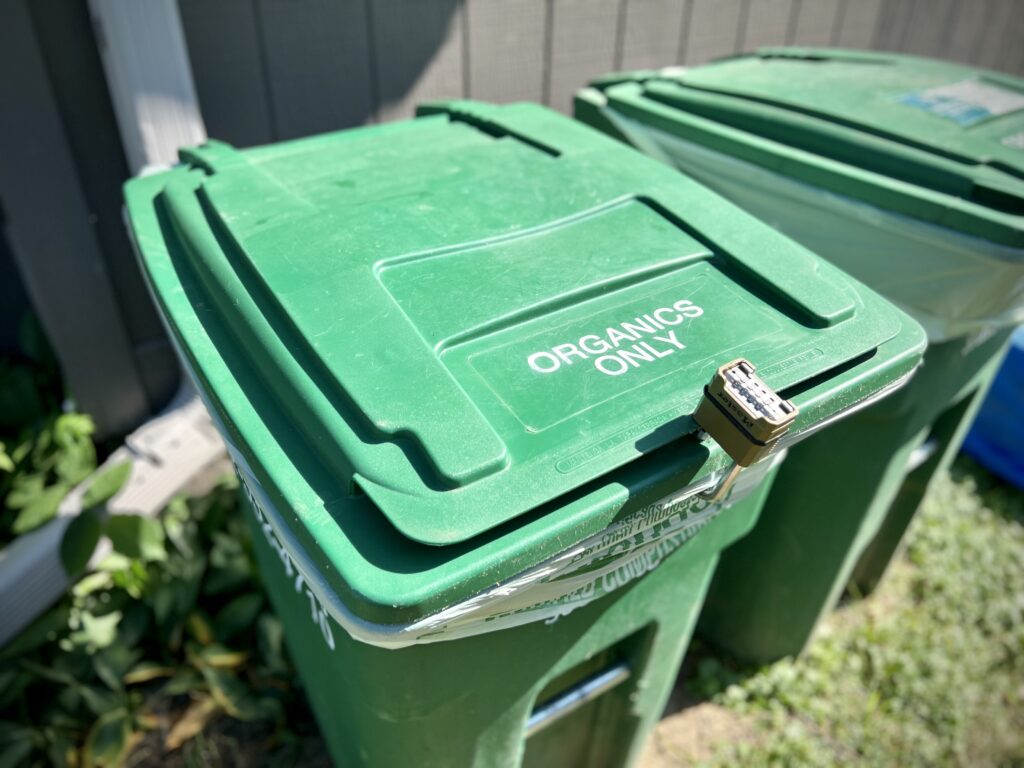
For our Omaha folks that belong to Hillside Compost Club, this would mean WAY fewer dropoffs! Or if you have a pickup service, you won’t have wet food around anymore. I know that is a huge turnoff for folks who would otherwise join a compost club of some kind. I was pretty excited to see how well this thing works for that exact reason.
Please note! Sending Lomi Soil to landfill is not the ideal situation, and Pela is completely transparent about that.
This situation is an unrecommended scenario: a home that is run on non-renewable energy, that places the nutrient rich Lomi earth in a trash bin that is landfill bound. If these variables are met, Lomi creates more emissions than it saves.
Pulled from Lomi’s blog
So is the Lomi Composter even worth it?
In my opinion (and the Lomi development team’s) Lomi’s greatest potential as a climate mitigation tool lies in the increased accessibility to participate in any version of composting. Lomi is not intended to be a magic solution or a complete alternative to traditional composting. It is meant to be a complementary tool to increase the accessibility of composting to more people.
The reason I like it is that the absolute number one pushback I receive about signing up for a Hillside membership here in Omaha is that folks don’t want wet food sitting around between dropoffs. Hillside unfortunately does not yet have pickup services. Many folks are simply not okay with having wet food waste around. Or that they don’t have a huge garden to use their compost on if they got a backyard tumbler.
Cool beans. Here’s a Lomi! The food waste can be condensed down to a more manageable level that it’s both easier to carry and needs to be dropped off far less often. The size, smell, and pest potential have been mitigated by the Lomi.
Lomi Soil can meet the average suburban household’s need for fertilizer in the lawn or houseplants, and the rest could be composted in a simpler way. Yay Lomi!
Lomi Composter Cost
My biggest issue with Lomi is that it’s fairly cost prohibitive at $499. Lots of the folks I know that would benefit from one of these absolutely cannot afford it. That’s certainly an issue in my book.
That being said, Lomi is still a very new product (it was a Kickstarter thing in 2021.) I would anticipate it to start becoming more reasonably priced over the next few years.
Additionally, from a suburbanite standpoint, I’m going to be quite direct here and state that I know many of my fellow suburbanites can afford this. I know lots and lots and lots and lots and lots (I could go on) and lots and lots of folks that very specifically have told me they would start composting if they didn’t have to leave the wet food lying around.
So I reiterate what I said earlier. GREAT! Here’s a Lomi. That problem can now be solved **wink wink**
A sustainable future comes with a price tag ya’ll, and we are very open about our beliefs that we need to rethink what “affordable” means to us as a culture. We don’t believe that purchasing things will solve our climate issues, but we do believe that there are specific purchases and expenses that need to be normalized as they can help push us in the right direction. Spending money on private composting services and compost-related products like Lomi is the reality right now until it becomes more accessible to compost through everyone’s municipality like a landfill service.
My Response to the Negative Reviews
As part of my research in writing this review, I did look up what others were saying in their reviews of this product. I’ve got to be honest and say that I think a lot of the negativity centers around misunderstanding what exactly the Lomi is.
Some folks are really hung up on the fact that, as I said earlier, Lomi isn’t exactly a composter. It makes fertilizer, sure, but the product isn’t a completely finalized compost. They feel like Pela is being shady in marketing the machine the way they do.
After speaking several times with folks at Pela (and my trusty friends at Hillside who can answer all questions compost related!) I really really don’t get the vibe that anything shady or overly greenwashy is happening here. They’re very transparent about their technical specs.
Composting in general just confuses the heck out of most people. The Lomi team very specifically created their product as a way for folks to get involved in some level of composting without having to have a deep understanding of it.
People say they want to compost but they want it to be easy. Cool! Lomi makes it easy. And it’s not like Pela is out there telling folks to cancel their industrial compost memberships or anything – they’re very clear that this is a complementary tool.
Basically, I just think folks are hung up on misunderstanding what the target market is for this product. It’s fairly narrow, for sure, but that’s part of what’s awesome about the Lomi. It meets a very specific need.
If Lomi isn’t a fit for you it’s not a fit for you. No biggie. Keep happily composting however it is you’re composting!
Random FAQ: **I’ll add to this as folks ask me more questions**
- Does Lomi Soil Smell? Sort of but not really? Unlike actual compost, Lomi Soil smells similar to what you put into it rather than the earthy smell of traditional compost. The odor is faint, but if you stick your face into some Lomi Soil made out of fish and vanilla yogurt, it’s going to smell faintly of fish and vanilla yogurt. But it won’t smell like rotten food and be covered in mold, which is most folks’ big problem with the beginning stages of composting.
- How Loud Is It? It’s not silent, but not super noisy either. I’d compare it to a dishwasher. You can hear the white noise in the background, but it’s not obnoxious or distracting in my opinion. And I’m pretty sensitive to background sound!
- What have I done with my Lomi Soil: I’ve only had my Lomi for a few weeks, so I haven’t yet tried all the places they say you can put your Lomi soil. I’ve popped a bit into some raised garden bed and a bit into the lawn. It blends in a lot like regular soil or compost. One batch I composted in our regular bin because the kiddo turned the Lomi off before it had finished and I didn’t want to restart it at that time. (For the stuff I put into the raised beds I treated it like regular compost that we’d be adding this time of year, and I’ll report back here if it makes any noticeable difference throughout the growing season.)
Conclusions
Overall, I do give the Lomi composter pretty high marks. From an accessibility standpoint, I think that Lomi and similar devices could play an important role in reducing the climate impact of food waste created by urban and suburban households.
A huge majority of people do not have the time, knowledge, physical ability, emotional bandwidth, or space to get their own compost setup going. That’s reality, and reality is A-ok! The Lomi composter is a tool designed to acknowledge that reality. It provides an alternative for folks that are very specifically working to reduce their food waste going into landfills but have more limited access to traditional composting methods.
If the cost is accessible to you and it would increase your ability to keep your food waste out of the landfill, I do recommend the Lomi and utilizing it as one of hopefully many sustainable action items in your household.
